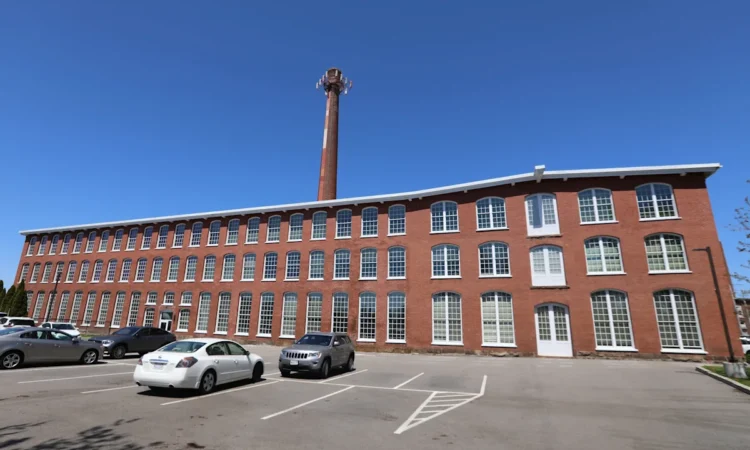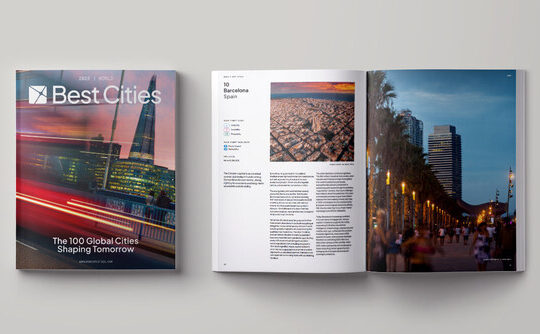
FALL RIVER — With the push to boost the city’s housing stock remaining strong, developers of market-rate apartments are building — and using tax increment exemptions to cut the cost of big tax bills on newly built, renovated or rehabilitated properties.
In a city with 30% of the city’s housing classified as market-rate, TIEs are controversial to some who believe big-time developers are avoiding taxes to the city while building expensive apartments out — and up. This isn’t exactly the case, said Ken Fiola, executive vice president of Bristol County Economic Development Consultants. Developers still pay taxes on their properties, though they are exempt from paying tax on a portion of the property’s value in the first decade of ownership.
Without TIEs, Fiola said, there would be little to no development in Fall River.
Developer Tony Cordeiro has said TIEs have helped him “take the darkness out of downtown,” and rehabilitate historic properties to make the city “pop.”
Cordeiro Group plans major expansion: Fall River ‘ready to pop’ with market-rate housing
Critics of TIE financing fear the city is leaving high-ticket tax revenue on the table. Fiola says the opposite is true.
“The city’s not losing anything. They’re gaining,” he said, and not only fiscally, either.
TIEs in Fall River can be combined with Housing Development Incentive Program tax credits, a state initiative to spur the building of market-rate housing in Gateway Cities, hinging on the idea that higher-end housing can revive blighted neighborhoods, which attracts newcomers to the city and stimulates growth.
State funding: Fall River developer gets $2.5M to create market-rate housing
The value of property in Fall River — which typically is based on the appreciation of land and any pre-existing structures — will never get a tax break, even after the property is purchased and slated for rehab.
It’s only after a developer puts resources into the property, creating market-rate units and reviving a blighted building, that the tax breaks are applied.
TIEs implemented in Fall River usually come with a 10-year schedule, Fiola said. For the first five years after a project is completed, a developer is exempt from paying 80% of taxes on the property value increase associated with the new construction or from improvements.
For the next five years, a developer is exempt from paying 20% of the taxes on the property value increase.
For example, a developer owns a property worth $1 million and converts it to new apartments with help from a TIE, causing the value to increase to $1.5 million.






